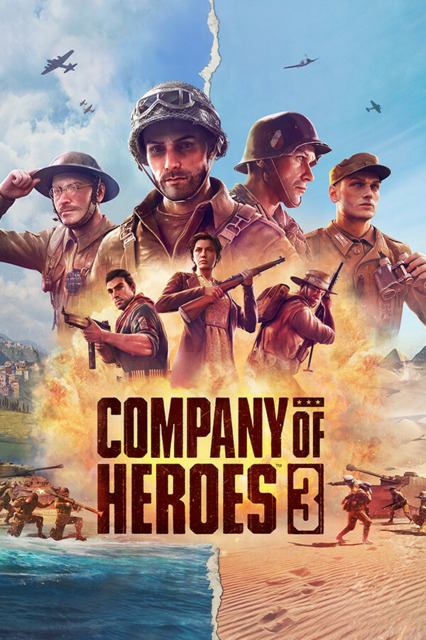


These soldiers are rightly famed for their bravery and skill, and that is well represented with their battle map units as well – a number of key battles throughout my campaign playthrough were won by Gurkha units holding vital points or beating superior numbers to buy time for reinforcements to arrive. On the subject of units, I really appreciated seeing Gurkhas as controllable units. As your Italian campaign units gain experience, you can unlock new abilities and units for use in the real-time battles.įor example, the Afrikakorps campaign is set in 1942/1943, yet the cutscenes show German soldiers armed with StG-44 assault rifles, which were not issued in that theatre and also not widely issued until 1944-1945 anyway. While the attention to detail on the individual units is very impressive (British officers are clearly carrying Webley revolvers, US paratroopers have M1 carbines, etc) the game still takes some (mostly understandable) liberties with historical accuracy. I often had straightforward victories in this scenario where, based on the strategic map, the Germans should have steamrolled straight over the top of my unit. This does create an interesting narrative dissonance, though, as you’ll have a badly damaged US paratrooper unit, down to its last few health points, taking on a full-strength German mechanised unit on the Strategic Map yet when you get to the battle map, none of that matters and you get to do the base-building thing and call in airstrikes and build tanks and all sorts of things like that. There are different types of battle, ranging from skirmish (where you’re trying to hold control points and essentially run out the clock as your opponent’s reserve points diminish) to defensive battles where you’re holding off waves of enemy units with no reinforcements, with other varities in between. There’s essentially two elements to this – a strategic map not unlike those from the Total War games where you move individual units around towards objectives (towns, ports, airfields, enemy gun emplacements, etc) and then the battle map, where you actually fight the battles in real-time. The tactical campaign map is an interesting and welcome addition to the proceedings in Company of Heroes 3. The meat of the game’s singleplayer content is the dynamic campaign, which follows Operation Avalanche and the broader Allied invasion of Italy from 1943. While the actual battles were very well done, with a range of objectives and strategic opportunities, the story itself felt like an afterthought – the character narrating is not on the map or directly involved in any of what happens in the game, and it felt like they made the battles (based around historical facts) then decided to see what sort of story could be shoehorned in afterwards.

The first part of the game is a story-driven campaign where you are commanding the Deutsches Afrikakorps (DAK) under the command of Field Marshal Erwin Rommel as you attempt to push the Allies (notably British and Australian) troops out of Libya. The battles in the Afrika Korps campaign are well done – in this case, you are fighting Australian troops at Tobruk in 1942.
#IS THERE GOING TO BE A COMPANY OF HEROES 3 CODE#
I don’t enjoy multiplayer RTS games at the best of times, and since I got the code before the game came out, there wasn’t anyone else to play with anyway. One thing to get out of the way first: I am only reviewing the single-player content. Mechanically it’s a tactical RTS very much like Iron Harvest 1920+, although obviously it’s got actual WWII military units and vehicles in it rather than giant dieselpunk mechs.
#IS THERE GOING TO BE A COMPANY OF HEROES 3 PC#
Developed by Relic and published by Sega for the PC (with console version on the way), Company of Heroes 3is the third entry in the WWII tactical RTS series, with the focus being the North African and Italian theatres of the war.


 0 kommentar(er)
0 kommentar(er)
